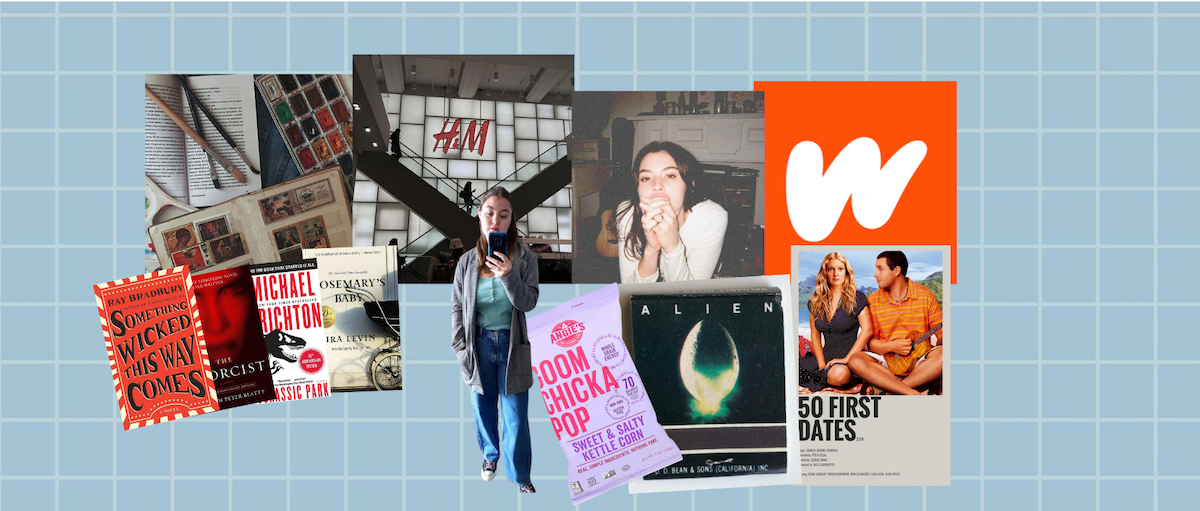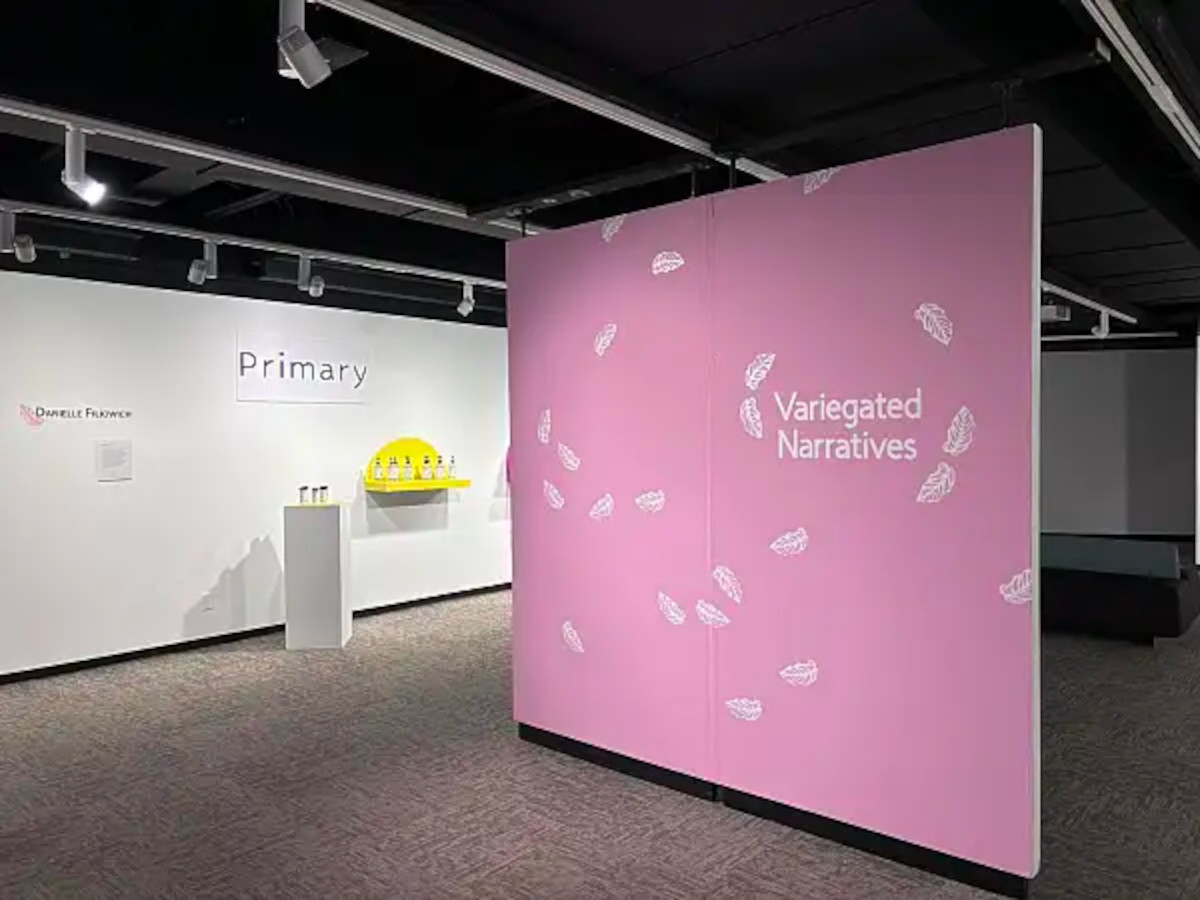The original Portal became one of the biggest surprises of 2007. Guided by a maniacal auto-tuned robot, GLaDOS, players solve puzzles with a gun that creates portals. The concise narrative and unique puzzles made Portal one of the best games that year.
Valve returns players to Aperture Labs in Portal 2 and crafts a genuinely thrilling and expertly polished piece of modern entertainment.
The element of surprise was a concern when approaching Portal 2. In the original Portal, players didn’t know what to expect. Now, players know that shooting the blue portal on one wall and shooting the orange portal on another wall, walk through one portal, they come out the other, simple science.
Valve takes this dynamic and offers players new obstacles with many new toys. Light bridges, gravity lifts, launch pads, and colored gels that depending on the color will either make players jump higher or run faster. Using all of these in combination with portals makes for fantastic “a-ha” moments and “holy s**t that worked” orgasms of brilliance.
You awake after the apparent death of GLaDOS some years later. Players continue to play as Chell and soon meet a spherical chatter-box robot named Wheatley voiced by British comedian Stephen Merchant (Extras, The Ricky Gervais Show). It’s not long before GLaDOS is running and players are back to portaling through test chambers all while GLaDOS ridicules Chell in hilarious fashion.
After the third fat joke it’s easy to see GLaDOS dislikes you. The writing and voice acting in Portal 2 is so exceptional I couldn’t help but laugh. Portal 2 is one of the funniest and sharply written games I’ve played. Wheatley never shuts up his awkward bantering as he guides you through the lab. Cave Johnson, voiced by J.K Simmons (Spiderman, Juno), addresses you through comical brash pre-recorded messages that add to the twisted setting of Aperture Laboratory.
Portal 2 is one of the best examples of using video games to communicate an engaging narrative, without resorting to cut-scenes. While the second act drags a bit, it offers new challenges and game-play elements. On the surface, this is a puzzle game with players going from room to room overcoming complex obstacles. Where it gets interesting is when players are given story pieces by going behind the test chamber walls and exploring the lab.
Beyond the single-player experience, a two player co-op mode is available split screen or online. Players on PC, Macs, and PS3 can all play together; sorry Xbox bros.
In the co-op experience, players play as two robots that work their way through GLaDOS’s test chambers. Each player has a portal gun, so that means four portals at a time. This is not a co-op mode where one person can solve the chambers while their partner sits back and scratches the Funyon crumbs out of his/her neck-beard. It is simply impossible to finish Portal 2 cooperatively without team work. The co-op doesn’t feel tacked on and is just as challenging and creative as the single-player.
Portal 2 could have been a disappointing follow up to what some believed is a perfect game. Valve expanded on a fascinating yet sparse setting and fleshed it out to make it a complete game. Portal 2 offers players an exciting playground to experiment in original ways. Finding new ways to look at momentum and leaping vast distances is nothing out of the ordinary. While it’s not as fresh as the original, as GLaDOS sang the end credits song I was left with the same feeling of satisfaction that the original provided.







